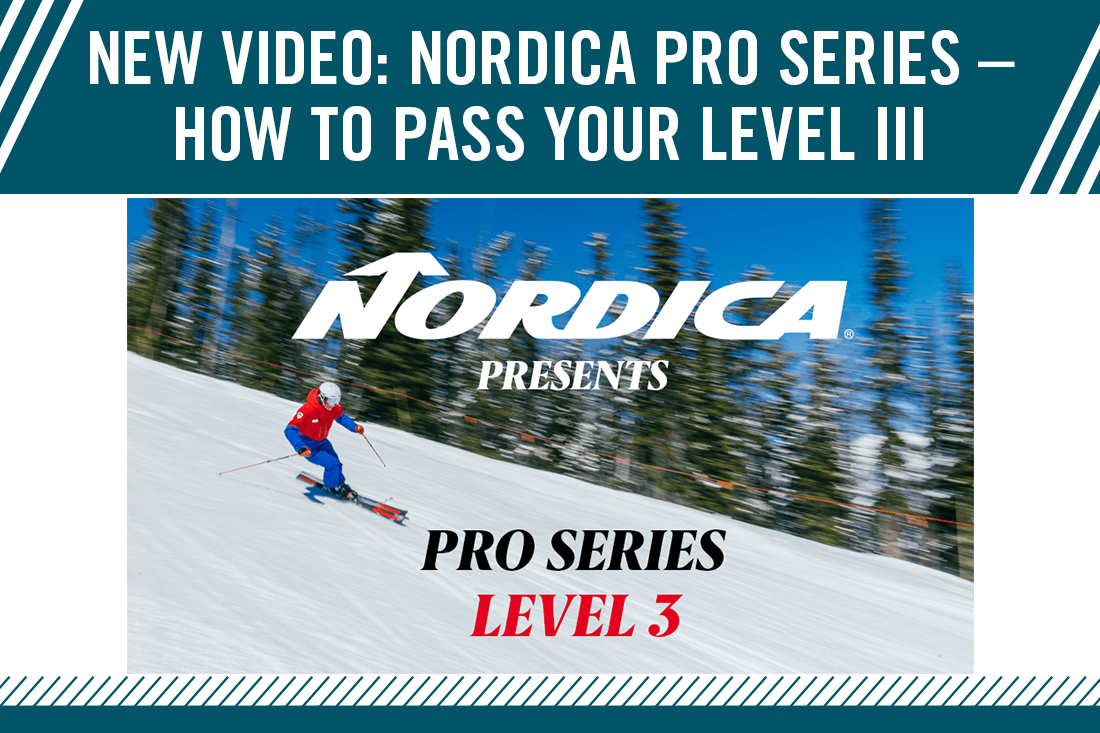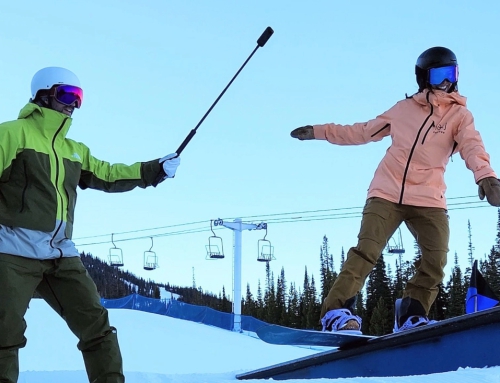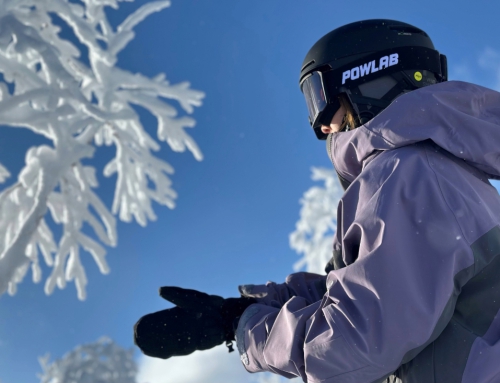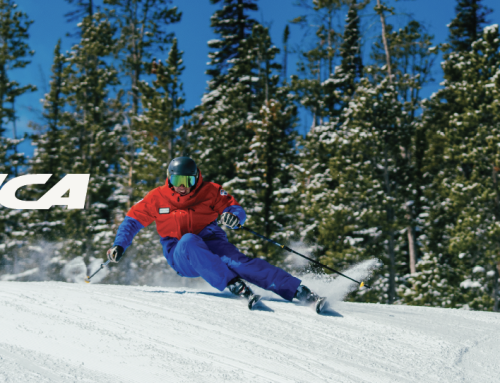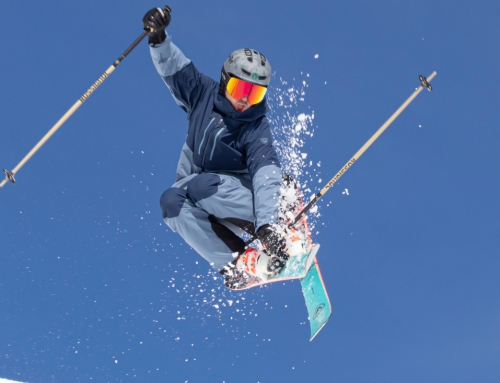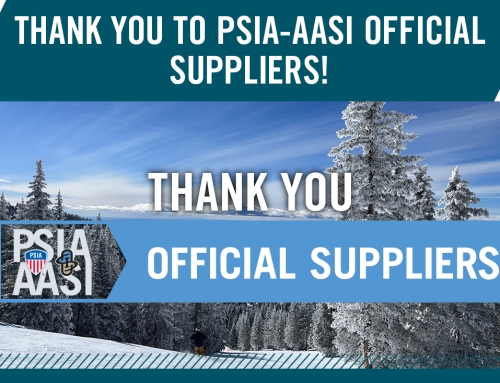New Video: Nordica Pro Series — How to Pass Your Level III
PSIA-AASI Official Supplier Nordica, along with PSIA Alpine Team Coach Michael Rogan, team member Troy Walsh, and PSIA NW Tech Team member Meagan Jones, today released the third video in its Pro Series collection, providing alpine instructors everywhere with the background and tools they need to pass Alpine Level I, II, and III certification exams this season.
Whether you’re an aspiring instructor looking to pass your first certification exam or a seasoned pro aiming to reach the highest levels of mastery, this comprehensive video series is your ultimate companion on the journey to success.
PSIA-AASI is highlighting each level of this extraordinary video series, providing you with the insight and instructional background you need to achieve your professional goals this year. Please share with your colleagues and potential students to highlight all the great work you do on snow.
Level III Assessment Activities Include:
SHORT RADIUS BASIC PARALLEL ON UNGROOMED TERRAIN
The skier creates symmetrical turns with constant speed using the DIRT of the fundamentals to adapt to the terrain and snow conditions. Symmetrical turns are achieved through the proactive blending of edging and rotating the skis throughout the entire turn.
Variations:
- Steer the skis faster during initiation to shaping, then create higher edge angles, shaping to finish.
- Progressively increase edge angles from initiation to shaping, with the highest edge angles during shaping phase, reducing edge angles to finish.
- Use low edge angles and consistent steering of the ski to shape.
SHORT RADIUS PIVOT SLIP COMBO
Dynamic short radius turns to pivot slips and back to dynamic short radius turns (repeat). The skier manages the integration of fundamentals from high-edge angles and pressure to low-edge angles and rotation and back again.
Variations:
- Higher or lower speeds.
- Vary the steepness and fall-line of the terrain.
- Vary the shape and size of the two types of turns.
- Vary the intensity and where that intensity occurs in the turns.
DYNAMIC MEDIUM RADIUS TURNS IN BUMPS
This task can be used to assess the proactive blending of all the fundamentals throughout all the turn phases. The blending of the fundamentals needs to allow for the skier to achieve dynamic medium radius turns consistently through the entire run of changing conditions and terrain.
Variations:
- Intentional and proactive lane changes in the bumps.
- Intentionally adjust to a specific size and shape of turn and maintain it while adapting to the small and large variations in terrain.
DYNAMIC SHORT RADIUS TURNS
This task can be used to see how the skier generates forces through dynamics and speed and then how they manage those forces. Highest edge angle occurs in the shaping phase of the turn, while the edge angle is continuously increased and decreased throughout the turn.
Variations:
- “Reaching” short radius where legs move away from the body and deviate from a centerline.
- Body stays on a centerline and feet and skis stay more under the body.
- Intentionally change the highest edge angle to initiation, shaping, or finish.
HOP TURNS
The ability to change the usage and functionality of hop turns through varying snow conditions, corridors, and pitch. Hop turns in a corridor with difficult conditions on a double black are different than hop turns on a groomed black pitch on firm snow.
Variations:
- In a narrow corridor or chute.
- Beginner off-piste terrain.
- Groomed black terrain.
- Outside ski to outside ski.
- Edge set to edge set.
ONE-SKI SKIING
This task helps you to see how you can use all the fundamentals while skiing on one ski.
Variations:
- Consistent turn size on both big toe and little toe side.
- Speed control.
- Turn shape symmetrical within the turn and from big toe to little toe side.
- Ability to manage the fundamentals from a skidded to a carved turn.

